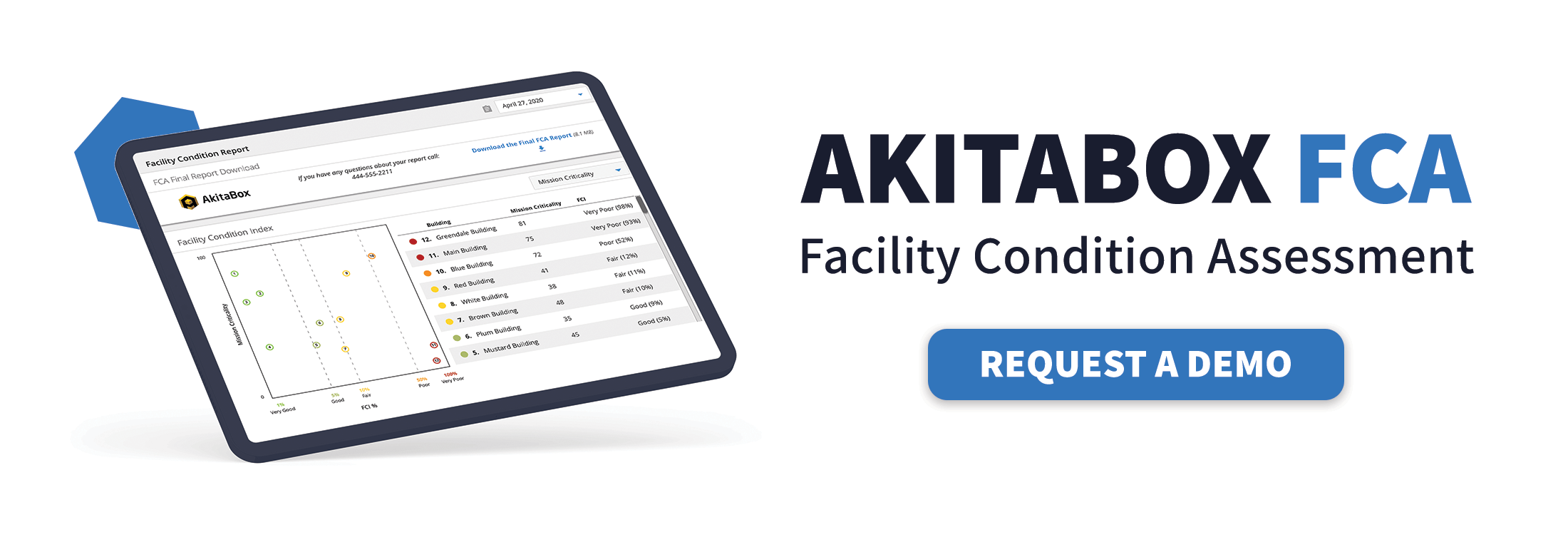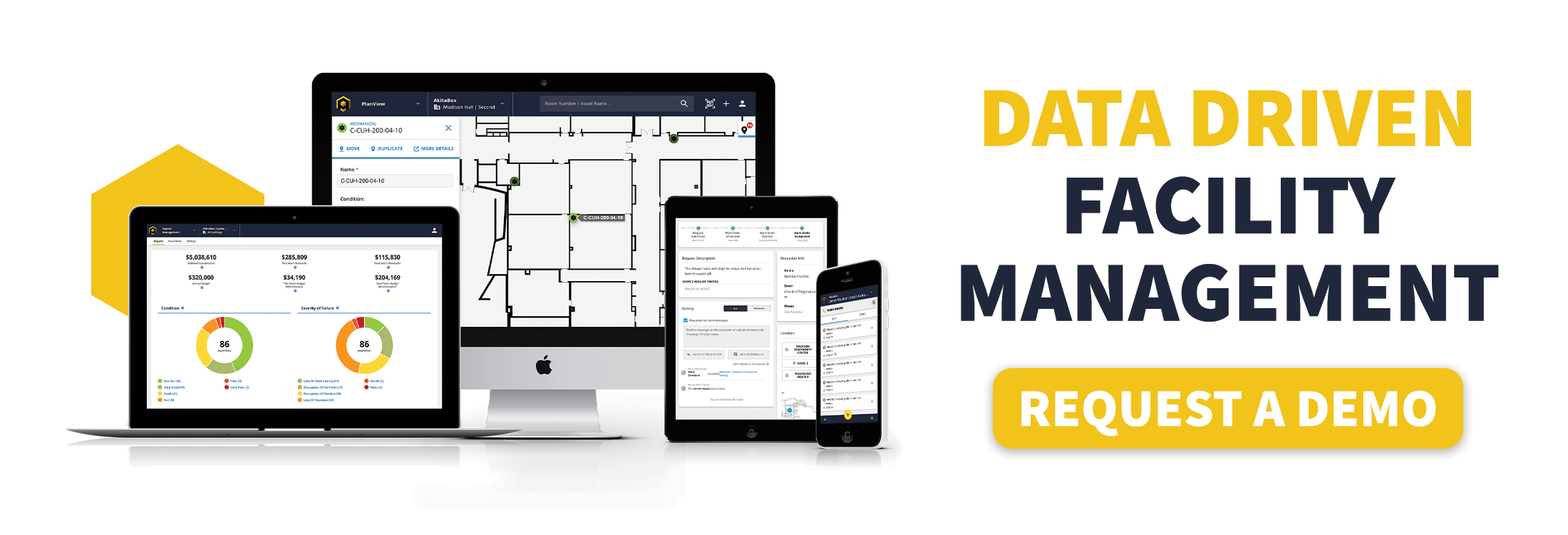In a perfect world, your facilities budget would be flush with money and you’d have all the resources you need to keep your campus facilities competitive.
But here in the real world, we have to make do with less – a lot less, in fact. Gordian’s 2023 State of Facilities in Higher Ed Report shows facilities operating budgets are only being funded at 80 percent. Even more alarming, there’s a 36 percent shortfall in funding capital renewal and maintenance backlogs. As a result, capital renewal needs have skyrocketed to $133/gross square foot. In other words, facilities teams aren’t getting the funds they need.
Overcoming such a large deficit (coupled with rising inflation and longer lead times for replacement assets) is one tough homework assignment. So we’re sharing 3 ways you can more strategically manage the budget you DO have to make it go further.
Tip #1: Give Each of Your Facilities a Criticality Score
The first thing most people do when facing a budget deficit is start cutting costs across the board. But slashing costs right and left isn’t a smart approach. You could end up taking funds away from core revenue generating or student experience areas of your institution.
Obviously you’ll have to do some cost cutting to balance your budget, but do it wisely. Base your decisions on the condition and mission criticality of your facilities. Here’s how to tackle it.

- Identify all of the facilities on your campus.
- Include the current condition of each facility – is it in good, fair, or poor condition?
- Assign a criticality score for each facility based on how important it is to the mission and success of your institution – for example, your parking garage could have a criticality score of 30 out of a 100 and a dorm could have a score of 80 out of 100. These are completely imaginary numbers, but you get the idea.
- Put your facilities in priority order based on condition and criticality score – if a facility has a high criticality score and its current condition isn’t very good, that facility gets higher priority.
Now you can see where you can get away with trimming budget dollars without endangering your school’s competitiveness, campus safety, or student satisfaction.
Facility condition data that’s current and accurate is extremely important here. If you don’t really know how well your buildings are holding up, you can’t be sure you’re allocating your facility dollars correctly.
A facility condition assessment (FCA) is a complete evaluation of your equipment, buildings, and other physical assets. It contains incredibly valuable data on what’s functioning well and what needs attention.
Whether you do your own capital needs assessments in-house or hire an AEC firm to do them for you, conducting the assessment using FCA software gives you digital results that are easy to sift through. Plus, you can keep updating it over time so you’re always looking at current information.
Read More: Why Paper FCA Reports are No Longer Relevant
Tip #2: Consider Creative Uses for Your Spaces
Maybe you’ve heard the saying, “Nothing generates creativity like a budget cut.” One creative solution to a deficit is utilizing unused or underused spaces on campus to generate additional revenue:
- Lease out a floor to a local company for use as co-working space
- Create an executive office suite for area entrepreneurs
- Use larger rooms for conventions and other events during the summer

The income from these space utilization concepts can go towards the maintenance and upkeep of those facilities. That saves more of your budget for other needs.
In some cases, you may just flat out have more facilities and space than you need. If so, these strategies may be the way to go:
- Exit or renegotiate leases. Be sure to weigh the financial penalties of a premature exit against the cost savings of dropping a lease. You may want to consider doing this for leases covering off-campus administrative departments.
- Pause or reprioritize capital projects. Delay important (but non-urgent) projects and cancel ones deemed no longer necessary based on anticipated changes to space use.
- Sell under- or unutilized buildings to developers. This strategy typically focuses on off-campus spaces, but does require demand from potential buyers and is therefore less viable in certain markets (e.g., rural environments).
Tip #3: Have a Data-Driven Plan for Deferred Maintenance
Deferring maintenance is a common way to try to stay within budget. But it’s risky – especially if you don’t have a good handle on:
The larger your budget shortfall, the more items you’ll need to defer. However, you can reduce the risk of assets failing due to deferment if you’re smart about what projects you put off.
For each potential deferment, ask yourself:
- What is the asset’s current condition?
- How critical is it to the functioning of the facility?
- How close is it to expected end-of-life?
- Has it received a lot of reactive maintenance recently?
Knowing this information will help identify which projects can be safely deferred and which ones need to be addressed in this budget cycle.
We dive deeper into how to create a solid deferred maintenance strategy in our blog post – The Dangers of Deferred Maintenance: How to Avoid Costly Downtime.
The AkitaBox facilities management software platform is designed to help you manage every aspect of FM – from deferred maintenance and FCAs to capital planning and budgeting. If you’re tired of playing tug-of-war with growing budget deficits, learn how AkitaBox helps higher education institutions manage facilities on tight budgets.


